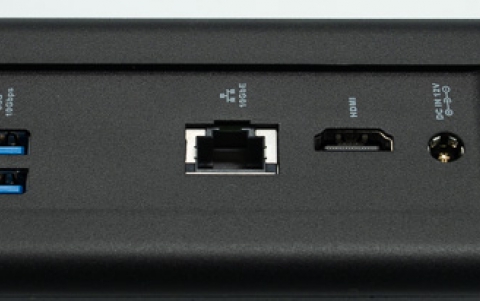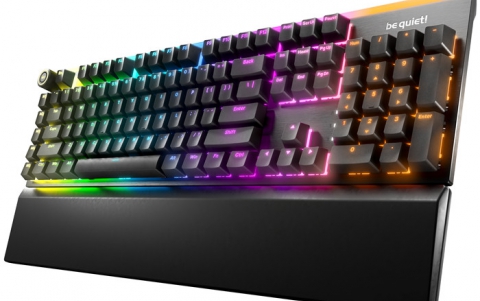
ADATA and MSI Launch the World’s First 4-RANK DDR5 CUDIMM Memory Module
ADATA Technology announced the launch of the world’s first ADATA High Capacity DDR5 4-Rank CUDIMM Memory Module, jointly developed with leading motherboard manufacturer MSI. This groundbreaking module features the innovative 4-RANK architecture, delivering an impressive 128GB per module and stable operation on the Intel Z890 platform, ushering in a new era of high-capacity and high-efficiency desktop memory.
World’s First 4-RANK Design Doubles Capacity and Advances Stability
The ADATA High Capacity DDR5 4-Rank CUDIMM Memory Module adopts the industry’s first 4-RANK architecture, doubling capacity compared with traditional 2-RANK modules. Engineered for large-scale applications and data-intensive workloads, it also retains the hallmark high-speed, stable performance that defines ADATA’s CUDIMM technology. Even under demanding conditions, it delivers excellent data-transfer efficiency and low latency, reinforcing ADATA’s leadership in advanced DRAM innovation.
Perfect Synergy with MSI Z890 Platform Ensures Exceptional Compatibility and Stability
The ADATA 4-RANK DDR5 5600 CUDIMM Memory Module has been successfully integrated and tested on MSI’s in-development Z890 motherboards, completing stable burn-in verification at 5600 MT/s and demonstrating excellent compatibility, performance, and stability.
Supporting up to 256GB on 2-DIMM platforms, this configuration allows users to enjoy both extreme performance and massive capacity on a single desktop platform, meeting the diverse needs of gaming, content creation, and professional computing alike.
The Ultimate Platform for Gamers and Professionals
Combining high capacity with high frequency, the ADATA High Capacity DDR5 4-Rank CUDIMM Memory Module is designed not only for enthusiast gamers seeking ultimate performance but also for content creators, AI developers, and engineering professionals who demand powerful computing capability.
It enables offline AI inference, model fine-tuning, large-scale video and image editing, and localized data analysis with remarkable efficiency. Even in offline environments, users can execute AI workloads seamlessly, achieving highly efficient on-device computing with smoother performance and greater memory headroom, empowering next-generation creativity and productivity.




















